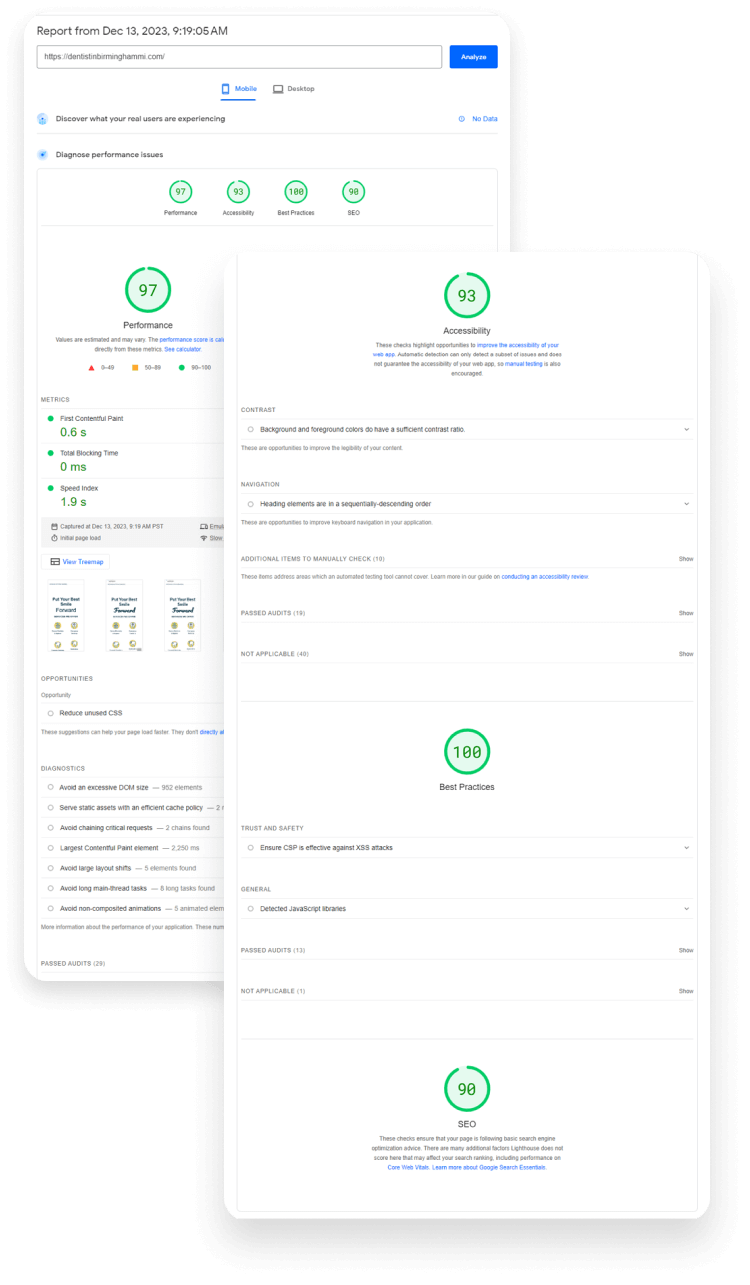Create a User-Friendly Website Structure
When you navigate to someone’s website, one of the first things you notice is how easy it is, or isn’t, to find exactly what you’re looking for. Chances are if a website is hard to navigate, you’ll leave and find that’s better. A well-structured website not only helps your audience to find the information they seek but also aids search engines in understanding your website’s content.
In an age where digital presence is a must, ensuring a well-optimized website structure is no longer an option but a vital necessity. It not only helps improve SEO performance but also enhances user experience and engagement. But how can you create a website structure that leads to SEO success? Let Now Media Group help.
As a full-service digital marketing agency, we offer various services to help optimize your website and create business growth. Get ready to climb to the top of search engine results pages! Schedule your free website evaluation today!






